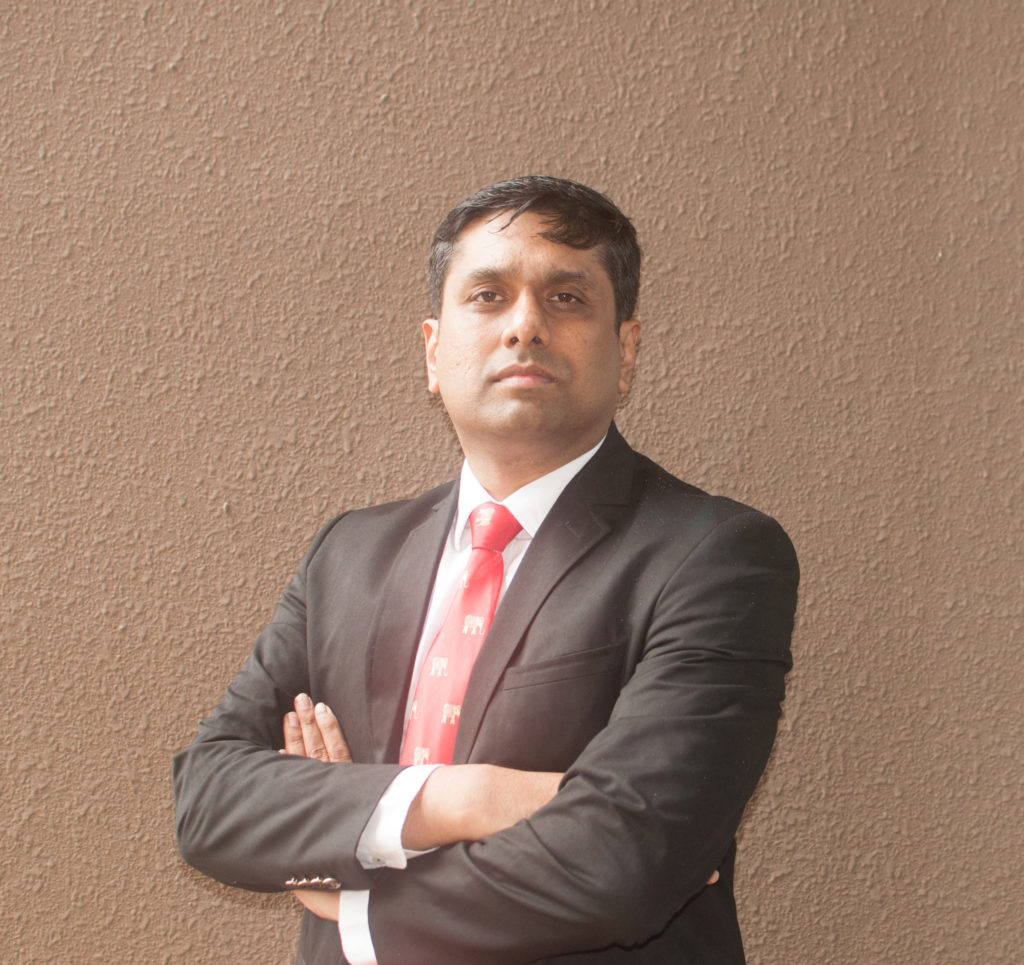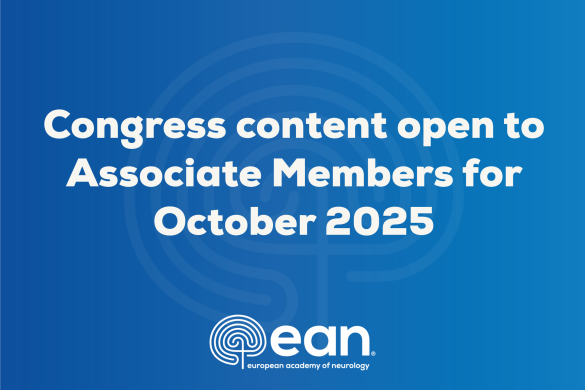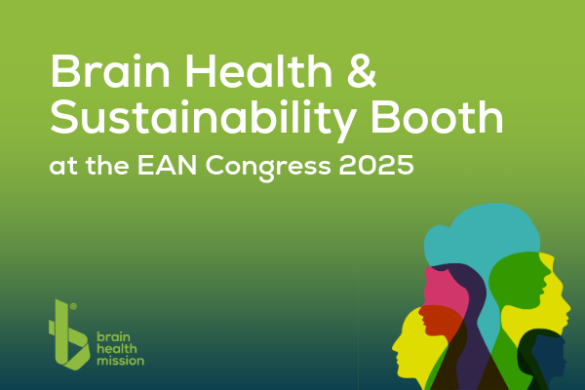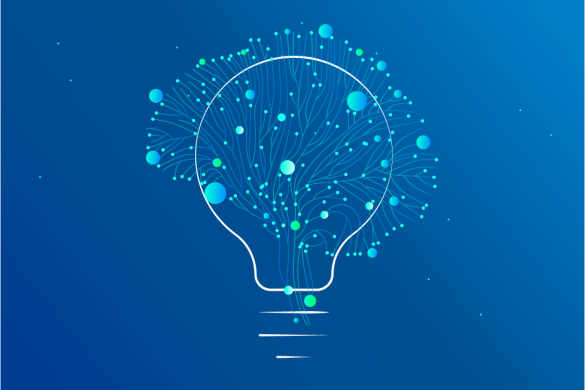
1. How has COVID19 and national measures to control it affected routine and emergency neurology service delivery in your country? How have you adapted to deal with the impact?
The speed and rampage of COVID19 pandemic have paralysed every country in 2020. No matter what, the amount of measures taken at every level, appears to be miniscule in front of its wrath. The neurology community across India was gearing up for the COVID19 breakout but, the impact of COVID19 was beyond anyone’s perception until it hit upon us. The Annals of Indian Academy of Neurology (Official journal of Indian Academy of Neurology), came up with a special supplement of COVID-19 in early April 2020, which addressed various issues in relation to management of COVID-19 and neurological disorders. The special issue included consensus statements on management of various neurological disorders and care related points. At ground level in routine neurology care the scene was dramatically changing minute by minute. The emergency departments were filling up with COVID19 patients and it appeared as if all the neurological emergencies have ‘vanished’ – which ended up being like a calmness of ‘eye of the hurricane’, before it hit us. The pattern and ‘ease’ of neurological practice has significantly changed with masks, face shields, personal protective equipment (PPE) kits and whole attire changing from a formal dressing to “Scrub suit” / “PPE suits” taking the forefront. This has definitely drained down a significant energy and amount of work output, but it appears like this will become a new norm for near future. Another interesting change has been the raise in tele consults / video consults. The medical practicing laws were quickly amended to accommodate the requirement of telemedicine. COVID19 has been a blessing in disguise for the telemedicine and this has become a main stay for most of the stable follow-up patients, albeit everyone does miss the personal/social touch with in-person consults.
2. Have you seen many people whom you were concerned had neurological complications of COVID19 infection? What are the most common neurological manifestations of COVID19 in your region?
COVID19 pandemic has made every speciality to gear up for its care. Most of us are working in regular COVID19 care which caters beyond neurological issues. The neurological manifestations of COVID19, which I have seen can be considered as those primarily related to COVID-19 infection, secondly to worsening of pre-existing neurological disorders due to COVID19 and finally those due to psychological effects of COVID19 breakout. The core neurological issues related to COVID19 included primarily thrombotic events in the form of acute ischemic events, cerebral venous sinus thrombosis in people, in whom no other risk / aetiologies could be pointed out. In addition, encephalitis / encephalopathy presentations were also seen in patients with COVID19. Many patients with severe COVID19 infections were reviewed for neurological consults and considered to have encephalopathies secondary to systemic COVID19 infection. The second set of problems was people with pre-existing neurological disorders like myasthenia gravis, multiple sclerosis, parkinsonism coming with acute worsening on a background of COVID19 infections. The third set of people were those who were not directly infected with COVID19, but with trauma of separation, quarantine, fear of not able to reach out to their doctors, limitation of social life leading to worsening of neurological symptoms especially with those of Parkinsonism disorders and dementia.
3. What are your main concerns for the future in regard to COVID19? What do you think are the key measures and contingency plans necessary to ensure high quality care for people living with neurological diseases during this pandemic?
The least I can say is COVID19 is here to stay and will have seasonal flares. It’s critical that health care systems have to improve, but the most important is to get a breakthrough in the form of vaccine or clear Level-A evidence for management protocol of COVID19. This will install confidence and improve the care. The pandemic of this nature will make any decent contingency plan inadequate. The ability to have good tertiary health care facilities at every district and town levels in India will help to ensure decent care across the country.
4. Do you have any examples of positive innovations that have arisen in your service during the pandemic?
COVID19 has brought out the survival instincts across everyone in India. This has led to various innovations, from as simple Indian jugaad (frugal innovations) to core novel innovation, which helped in reducing the spread and management of COVID19. Being in the silicon capital, it’s difficult to miss out these innovation news in various medias. Some of the innovations in India which I would like to make point are Aarogya setu app by government of India for monitoring and contact tracing, various innovative face shield for regular and surgical utilizations, remote patient monitoring from stasis health, zero-cov – a special sterilizing chamber for residences and offices made out of reconfigured refrigerator by National Institute of Technology, the basic ventilator systems by various labs, biopurifer MF250 (air purifier model used to disinfect the air with moulds, bacteria, virus including COVID19), 3D printed individualized modifications for masks, to name a few. I can see at ground level COVID19 innovations are happening on daily basis which cater to every aspect of living. Time can be the only answer to tell how many of these innovations will become a mainstay for the future.
More information: https://www.ean.org/ean/eancore-covid-19













